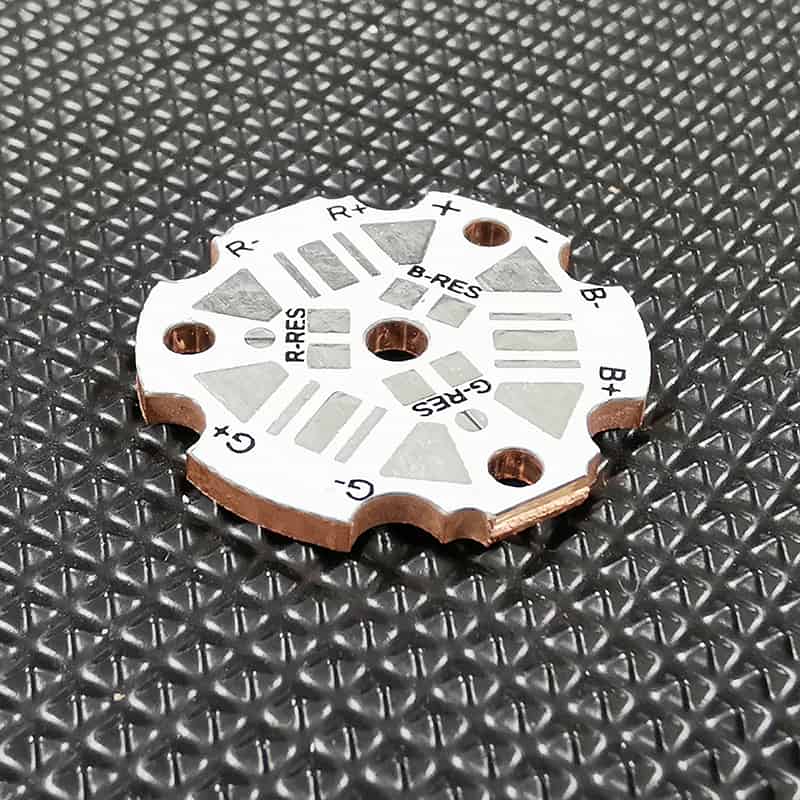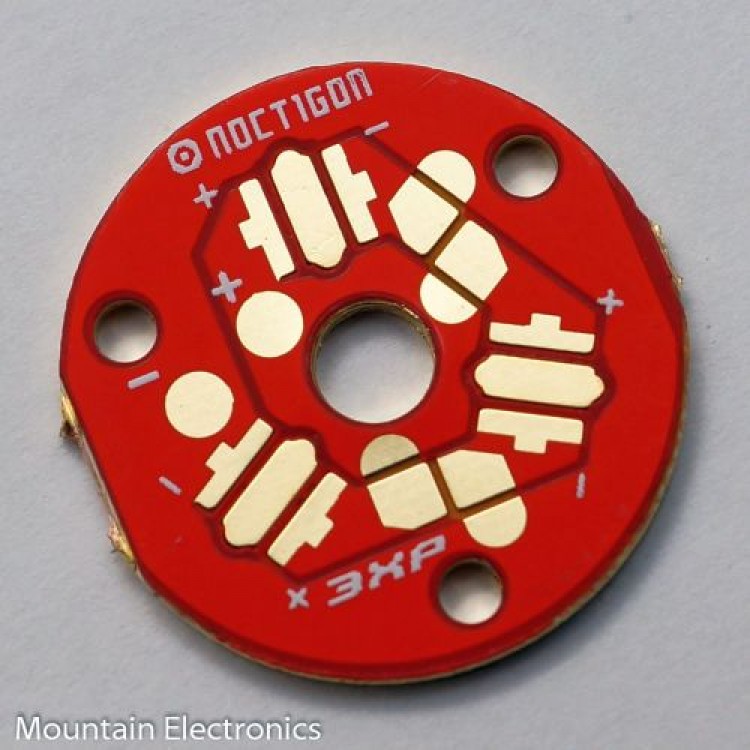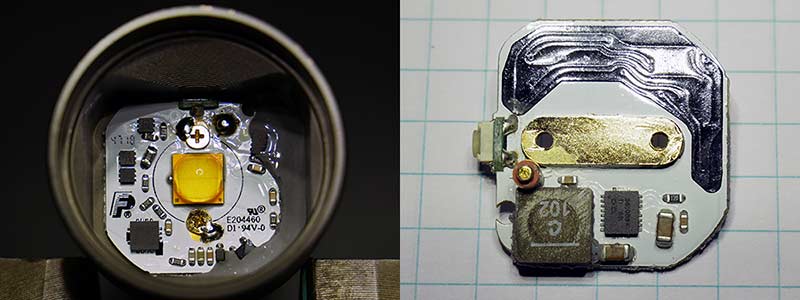So BLF, I finally had an opportunity to purchase a Zebralight SC700d.
Expensive, even with a good deal. But since my goal is to develop as good a flashlight (driver) possible, I figured I needed to have at least a good benchmark to challenge myself against.

The Zebralight SC700d is often considered one of the best flashlights on the market not only in terms of its physical construction and machining, but also its driver efficiency and performance, as well as its thermal design and durability. I have to say that my first impressions are very good. The flashlight, despite being a 21700 light, is extremely compact, even smaller than the 18650 KR1, and noticeably lighter as well (even with battery) - almost makes the KR1 look clunky! The machining, anodization and finish, are one step above the competition, even when compared to Noctigon / Emisar flashlights. The flashlight is unibody, with the only screw thread at the base - threads are fine-cut but anodized, precise, well lubricated. Switch design is well thought-out - recessed but tactile. I could go on, but that's for another post.
The bottom line - just using it for a short while really validates all the work I've been putting it for high efficiency switch-mode drivers. The performance of the ZL is really noticeably better than cheaper flashlights using linear drivers. I understand the definite need for lower cost flashlights (e.g. $30 or less) - for those flashlights, a linear driver is the sensible choice and is here to stay.
However, having used these switching drivers, I personally find it difficult to justify paying for a flashlight over ~$50 which still uses a linear driver; it's like purchasing a nice sports car with amazing bodywork, interiors, sound systems and tricked out suspension, but with an engine from a compact sedan.
One of the reasons why I purchased this was because the SC700d is also considered to be one of the contenders for 'King of the Moon Mode', having exceptionally low moon mode.

Here you can see the ZL SC700d on the left at its lowest mode (which is, in fact, very low, especially vs. almost all AMC7135 drivers). However, it's very bright when compared with the Lume X1, even when the Lume X1 is running at around ~10x its minimum brightness level (potential to go even lower)! This image was taken at ISO1600 f/4 1/10s and illuminated by early dawn light. I was glad that this test also validated the UDR performance of the Lume X1 driver.
For top-end performance, the SC700d with its more efficient but lower CRI LED (still high at 90 CRI though) XHP70.2 performs very well, producing 3000 lumens (from ZL's spec sheet), which should correspond to something like ~22W output. The KR1 with the Lume X1 and GT-FC40 reaches a peak brightness (from my eye) a little less than the SC700d, but this tells me that the Lume X1 performance is higher than the SC700d driver since the GT-FC40 is extremely inefficient (but CRI 95), and I was expecting ~2500 lumens after the optic, with about 33W power drive. Running the XHP70.2 with the Lume X1 should produce north of 4000 lumens without issues.
At this point I understand better why the XHP70.2 is a controversial LED - while its output efficiency is undoubtedly high, the tint of this 5000K 90 CRI emitter in the SC700d exhibits a greenish tint (compared with the peachy white of the FC40), and worse, exhibits moderately strong greenish yellow tint-shifting from the OP reflector. The center of the beam is pleasant but it falls off quickly into a frankly fairly ugly corona. Outdoors, this is not a problem. But indoors it's very noticeable and is the definite minus of the SC700d. I can't help but think that something like a Ledil Olga in the SC700d would improve things significantly (but too bad the Olga optic doesn't fit as it's a fair bit smaller). Alternatively, dedoming the LED could produce a better beam profile, likewise with the addition of a simple green-reduction filter / film.
Side note - I tested a few different ramping tables and I found that I did like x^4 curves a little better than x^3 or some others I tested, so I'll be testing that out for now.
annyli fhashlight, yes please feel free to drop me a PM and I'll be happy to see what your request is.







